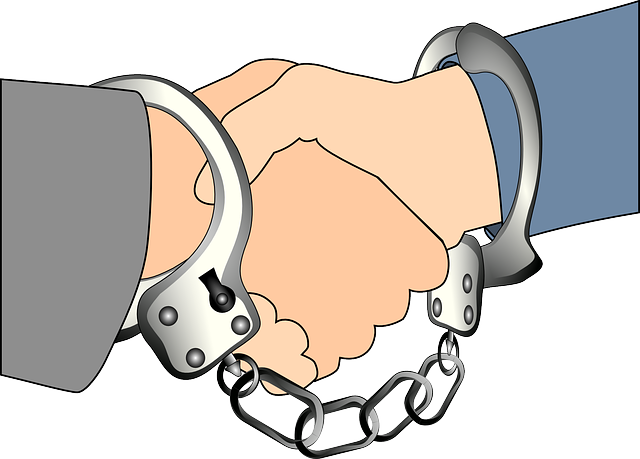Teenagers facing rehabilitation for drug-related DUI incidents struggle with understanding complex drug interactions due to their developing brains. Education on these interactions and DUI laws is vital to inform teens about risks like severe sedation from mixing antidepressants and alcohol. Rehabilitation programs offer counseling, support groups, and workshops tailored to adolescent challenges, focusing on preventing and managing drug interactions. Holistic approaches involving parent involvement and community outreach aim to empower teens to make positive life choices and avoid future legal troubles related to Drug Interaction and DUI Law.
Teen rehabilitation is a critical component in addressing rising drug abuse rates among adolescents. This comprehensive guide explores essential aspects of teen recovery, focusing on drug interaction risks, DUI law consequences, and effective rehabilitation strategies. Understanding how drugs interact with young minds and the legal repercussions of underage drinking are vital steps in guiding teens back on track. By delving into these areas, we aim to empower parents, educators, and healthcare providers with knowledge to facilitate successful rehabilitation journeys.
- Drug Interaction: Understanding the Risks for Teens
- DUI Laws: Consequences and Rehabilitation Pathways
- Back on Track: Effective Teen Rehabilitation Strategies
Drug Interaction: Understanding the Risks for Teens

Teenagers facing rehabilitation often struggle with understanding the complex interplay of drug interaction, especially as it relates to their future behind the wheel. As young minds are still developing, their bodies process medications and substances differently than adults. This can lead to severe consequences, particularly when combining prescription drugs or recreational substances, which is a common issue among teens. The risks of drug interaction are heightened when considering the legal implications, especially under DUI (Driving Under the Influence) laws.
For instance, mixing certain antidepressants with alcohol can result in sedative effects, impairing judgment and motor skills. Similarly, combining prescription painkillers with over-the-counter medications intended for cold or allergy relief can lead to dangerous levels of sedation, posing a significant risk while driving. Teenagers must be educated about these potential interactions as they reintegrate into society, ensuring they make informed decisions to avoid situations that could land them in legal trouble and hinder their rehabilitation progress.
DUI Laws: Consequences and Rehabilitation Pathways

The consequences of a DUI (Driving Under the Influence) can be severe for teenagers, often serving as a wake-up call with far-reaching implications. When a young individual faces DUI charges, it not only impacts their freedom but also opens doors to a mandatory rehabilitation process. This path is designed to address the root causes behind impulsive behavior and substance abuse, offering a chance for personal growth and a fresh start.
Rehabilitation programs tailored for teens often include education on drug interaction and the legal ramifications of DUI laws. Through these initiatives, individuals learn about the potential dangers and long-term effects of drug use, fostering awareness that can guide future decisions. The journey back to sobriety involves counseling, support groups, and skill-building workshops, all contributing to a comprehensive understanding of personal responsibility and safe choices.
Back on Track: Effective Teen Rehabilitation Strategies

Teen rehabilitation programs that successfully get young individuals “Back on Track” often employ evidence-based strategies tailored to address the unique challenges teens face. One key area of focus is preventing and managing drug interactions, especially for those who have been involved in DUI (Driving Under the Influence) incidents. These programs recognize that adolescence is a critical period of brain development, making early intervention crucial. They offer comprehensive support, including counseling, group therapy, and education on the dangers of substance abuse, to help teens understand and overcome addiction.
Effective rehabilitation also incorporates parent involvement and community outreach to create a supportive network around the recovering teen. By addressing underlying issues such as mental health concerns or family dynamics that may contribute to drug use, these programs aim to empower teenagers with the tools needed to stay on track and make positive life choices, avoiding future legal troubles related to Drug Interaction and DUI Law.
Teen rehabilitation centers play a vital role in addressing the unique challenges faced by young individuals battling substance abuse. By understanding the risks of drug interaction, implementing stringent DUI laws with rehabilitative pathways, and employing effective strategies tailored to teens, we can ensure that these programs are back on track for success. This comprehensive approach fosters a healthier, safer future for our youth.






